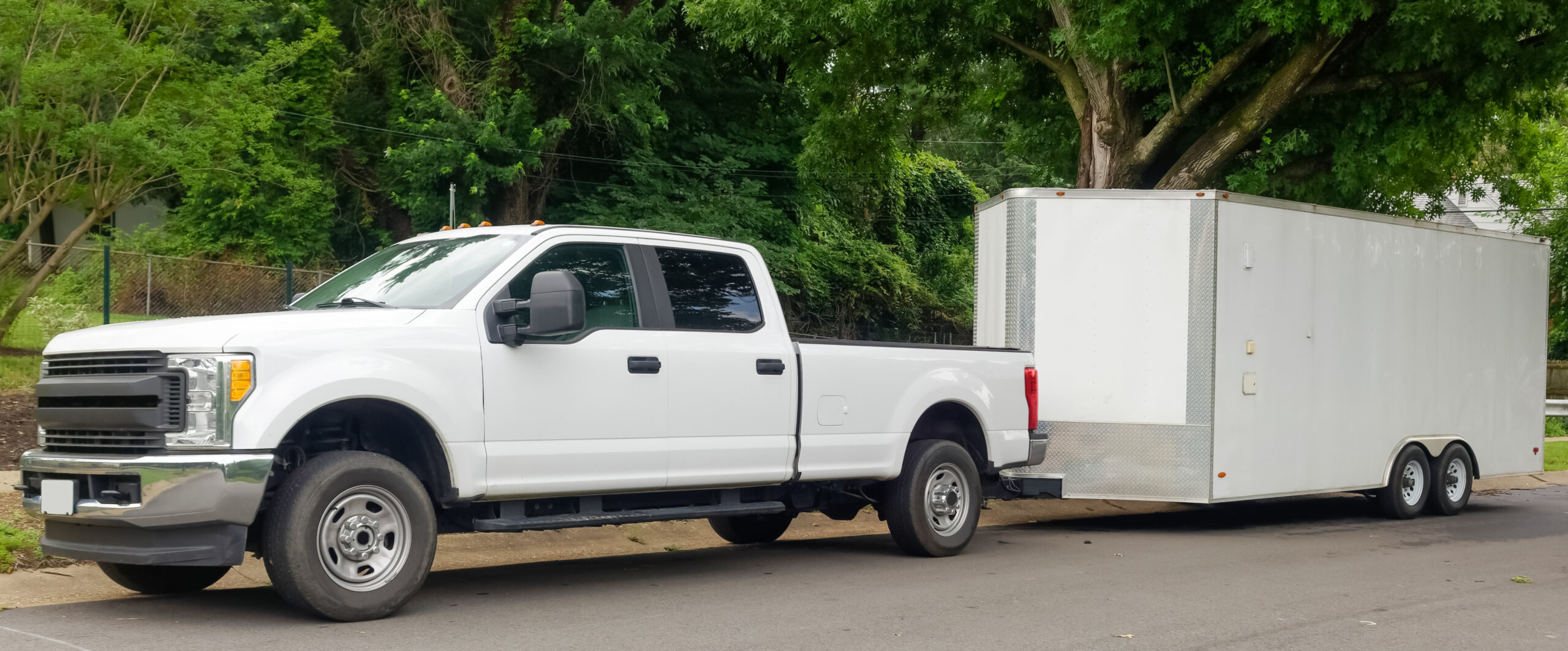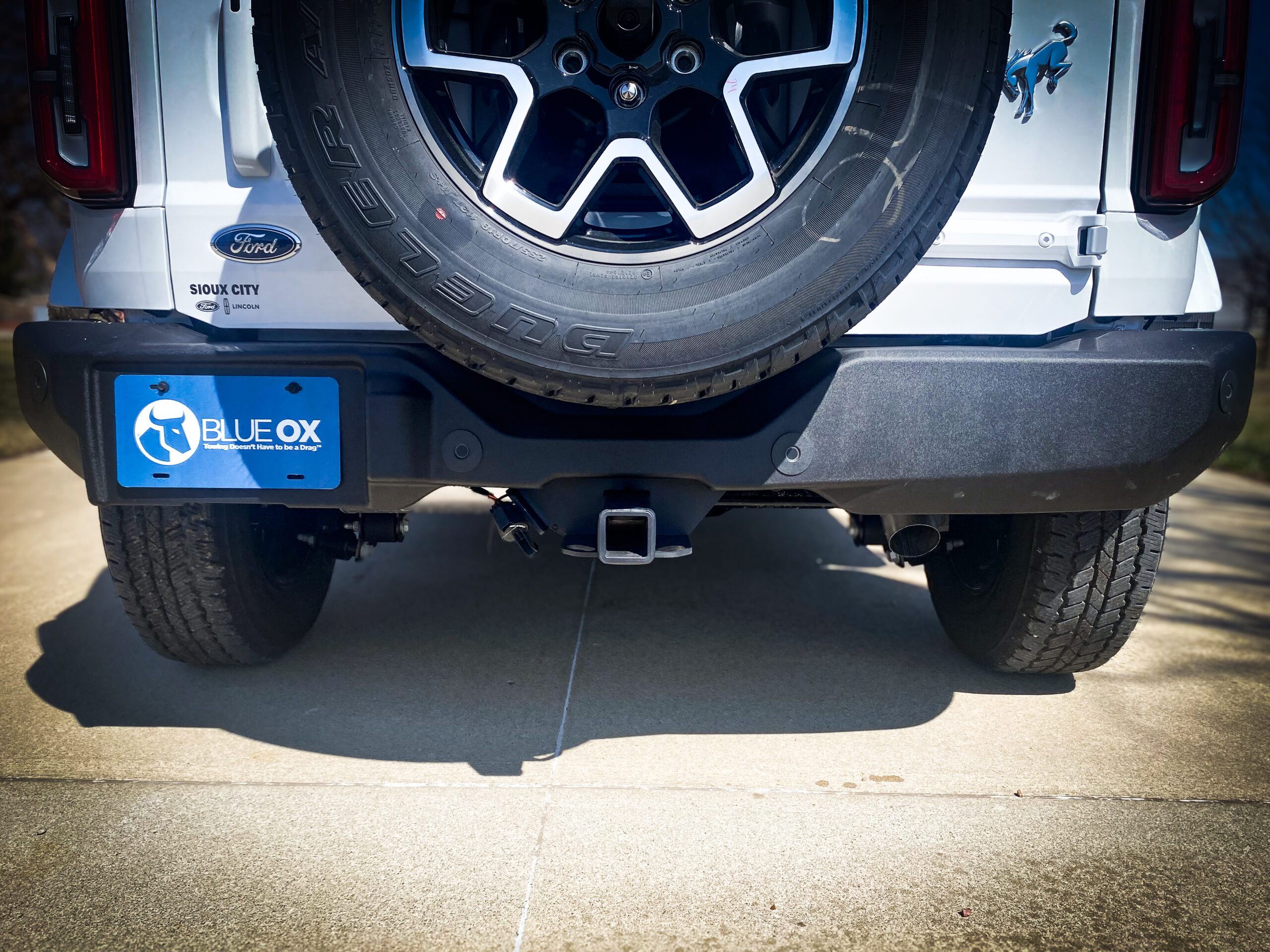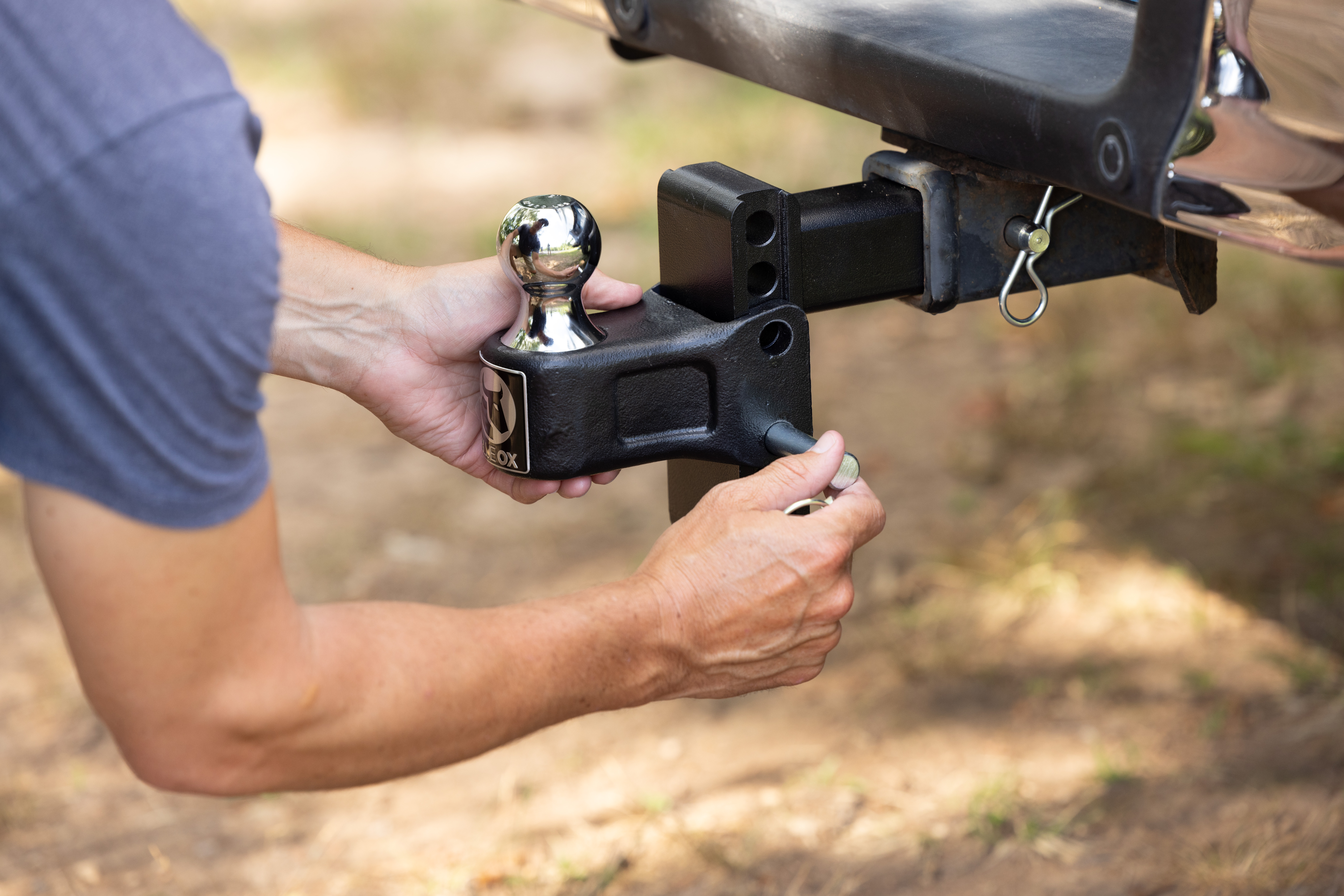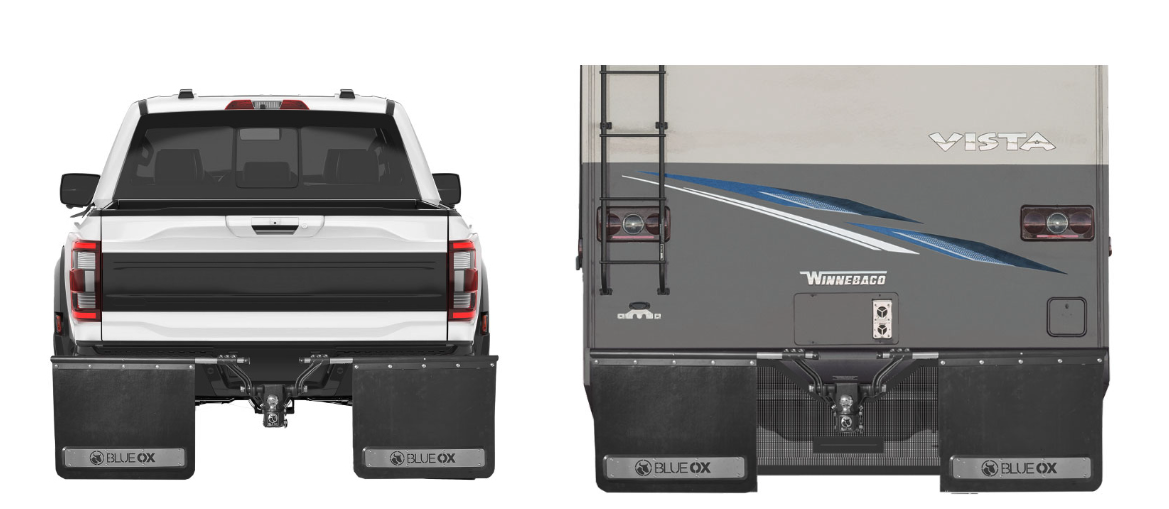When shopping for a new vehicle, you will need to consider whether or not you plan to tow anything with the vehicle. Certain vehicles claim to have a high towing capacity which can be great if you plan on hauling heavy trailers. So, how is towing capacity calculated?
What is Towing Capacity?
The towing capacity is the maximum amount of weight your vehicle can safely haul. This varies depending on how it’s constructed, how much weight it’s already hauling, and how you distribute and regulate the load you need to tow. In a sense, this is your towing capacity.
Automakers utilize a single figure to best predict towing capability and maximum capacities. However, it does not provide a definite rule that applies in every scenario. You will want to do your own calculations based on your specific towing situation. Doing so involves a thorough understanding of both your tow vehicle and the trailer you intend to pull. Otherwise, you could end up damaging your vehicle and potentially cost yourself thousands of dollars.
While manufacturers will declare a towing capacity for each vehicle they make, it is crucial to note that calculations assume the tow vehicle is just carrying a driver. The manufacturer’s predictions will not be correct for your load if you plan to pull a travel trailer and bring along your family and all the accompanying items they’ll require for a weekend away.
Towing Terms You Need to Know
Before diving into the details that answer the question “how is towing capacity calculated”, here are some common towing terms that you will need to know:
-Towing capacity: the max weight your vehicle can safely pull.
-GVWR (Gross Vehicle Weight Rating): the max amount of weight a vehicle can hold when parked.
-GTW (Gross Trailer Weight): the total weight of both your trailer and the cargo in/on it.
-GCVWR (Gross Combined Vehicle Weight Rating): the max amount of weight recommended for your vehicle and trailer combined.
-GAWR (Gross Axle Weight Rating): the max amount of weight your vehicle’s axels can support. It will be different from the front and rear.
-Tongue Weight: measures how much force is placed on the trailer hitch while actively hauling.
-Curb Weight: the weight of the tow vehicle while it’s full of gas and all the fluids it uses while driving.
-Dry Weight: the weight of the tow vehicle with no cargo and no fluids like oil, gasoline, or wiper fluid.
-Payload: the max weight the vehicle can support in the cabin and bed.
How is Towing Capacity Calculated?
These three basic steps will help you calculate your towing capacity.
1. Calculate GCVWR
To assess your vehicle’s towing capability, you’ll need to know the total GCVWR of the vehicle and trailer you’ll be towing, as well as all the cargo that both the vehicle and trailer will carry. This includes everything from the passengers in the vehicle to all of the cargo in the trailer.
2. Calculate Curb Weight
Next you’ll need to know your tow vehicle’s curb weight. As a reminder, this is the weight of the tow vehicle while it’s full of gas and all the fluids it uses while driving. This is different from the GVWR (how much the vehicle can carry).
3. Calculate Final Towing Capacity
To get the vehicle’s towing capacity, subtract the curb weight from the GCVWR. Manufacturers typically emphasize that you should never exceed your vehicle’s towing capability. It is generally a good rule of thumb to never come within 10% of that sum. This gives you a small margin for error in your calculations and ensures that you will be towing a weight that is safe.
Can Towing Capacity Be Increased?
Towing capacity may be increased by using several pieces of travel trailer towing accessories. Towing accessories that match your present tow grade are best, rather than lower-rated equipment that limits towing capacity. Just keep in mind that you should not surpass the capacity of your towing setup’s lowest-rated component.
Equipment You Need for Trailer Towing
Trailer Hitch Receiver
Trailer hitch receivers are attached to the underside of the vehicle and feature a receiver opening of 1-1/4″ x 1-1/4″ or 2″ x 2″. The trailer hitch attachment points should line up with existing holes in the frame of the vehicle. 2-1/2″ x 2-1/2″ receiver openings can also be used for heavy-duty applications.
Ball Mount
Because the ball mount provides a tight connection between your tow vehicle and the trailer, selecting the correct one is critical for safe towing. They are available in four common sizes: 1¼ “, 2″, 2½” and 3″. You can purchase either standard or adjustable ball mounts.
Pin and Clip
A pin and clip are commonly used to hold the trailer hitch receiver and ball mount together. However, these can be easily removed, so many people choose to use a hitch lock to prevent theft.
Trailer Hitch Ball
Trailer hitch balls are available in three common sizes including 1-7/8″, 2″ and 2-5/16″. The size you choose should match the size of the coupler on your trailer to ensure a secure fit.
Wiring Harness
By law, all vehicles that are towing a trailer must have a wiring harness to help power the trailer lights. This will allow for brake lights, running lights, and turn signals to operate.
Weight Distribution Hitch
It is important not to overlook the necessity of a weight distribution hitch. It will help more evenly disperse the weight between the trailer axles and the tow vehicle axles. It can help prevent trailer sway and make for a smoother, safer ride.
Get All the Equipment You Need to Tow Safely
Blue Ox offers a wide variety of towing equipment available to get you where you’re going safely. Purchase a weight distribution hitch, ball mount, tow bar, tow brake, or other hitch accessories and hit the road with confidence.
For answers to all your other towing questions, check out the Blue Ox Towing Guide.







